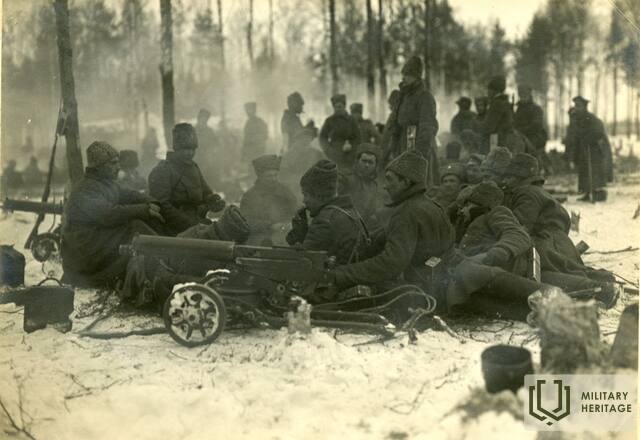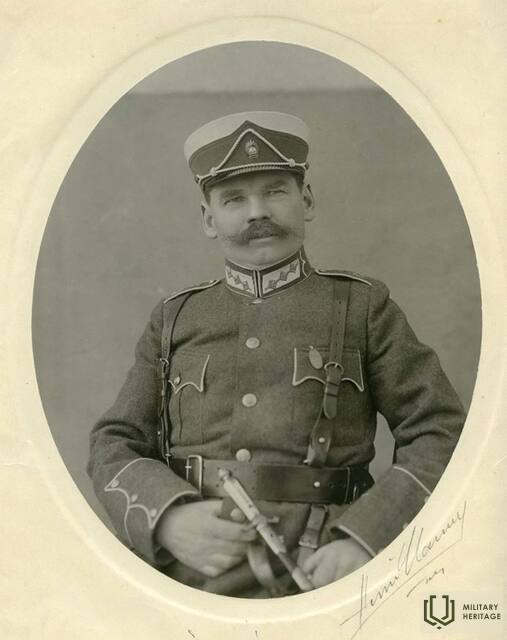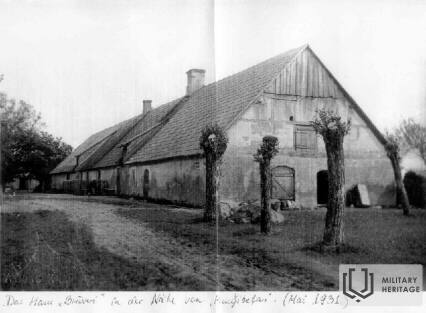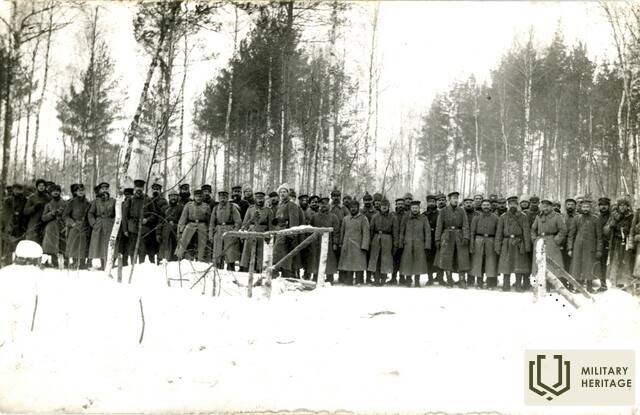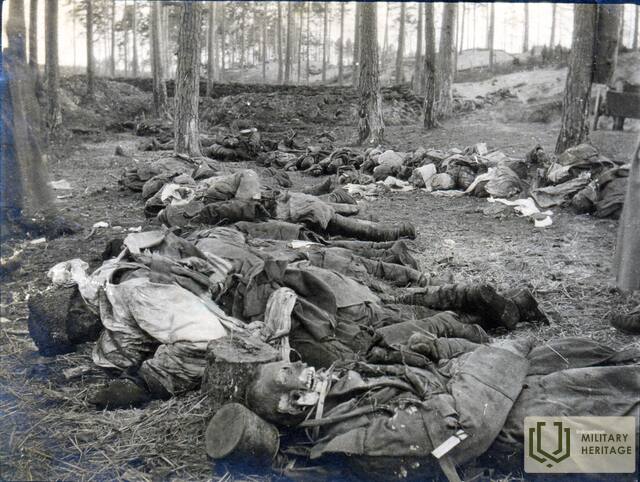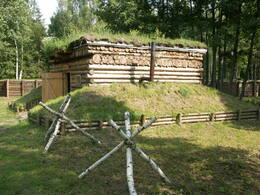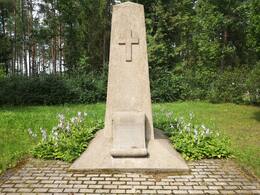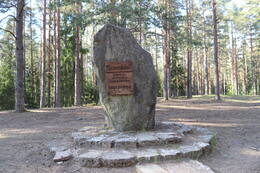An entry in the diary of the moment when soldiers learn about preparing for the Christmas battles.
Latvian riflemen and their officers were informed at the last minute about the start of the battle. Rūdolfs Ivanovs, a non-commissioned officer of the 5th Zemgale Latvian Rifle Regiment, described in the diary the last evening before the start of the battle. A short, but bright and authentic text that shows a very important moment for a soldier - learns about the day of battle.
"We were told this morning that tomorrow at 5.00 must go on the attack. This time all eight Latvian rifle regiments will be hit. We started preparing for our upcoming task. The first job was to put clean clothes and put all the other extra things in their bags. We added the addresses of our housewives to the bags and handed them over to the head of our jewelry store for storage. I also gave the dagger holster to my husband, keeping only a rifle with a naked dagger, a grenade bag, and an anti-gas mask. We supplemented our usual norm twice, because we received additional breast cartridge bags, full of cartridges. Then the bayonet was sharpened on a brick or stone, but we wrote letters to the housewives about all things, perhaps we wrote the last greetings, because we did not know where and under what conditions we would be on the battlefield tomorrow. Among ourselves, among the members of the closest fighting, we entrusted each other with the addresses of our relatives: if someone decides to leave our ranks on the battlefield, then the survivors should report it to the relatives or relatives of the fallen.
https://www.sargs.lv/lv/pirmais-pasaules-kars/2015-12-08/ziemassvetku-kaujas-latviesu-strelnieku-atminas
Related timeline
Related objects
Christmas Battle Museum
The museum is located in “Mangali” house, Valgunde Ru ral Territory, Jelgava Municipality, and it is a branch of the Latvian War Museum. It was unveiled in 2005 at the site of the Christmas Battles that occurred during World War I. Unique World War I fortifications still remain at the battle sites. The open-air exhibition of the Christmas Battle Mu seum reconstructs a section of the fortification system – the trench shelter and part of the first line of German defence – the “German rampart”, which is the only object of this kind in the Baltic states. The Christmas Battles are one of the best known and most dramatic events of World War I in Latvia. They are an event of special importance in Latvian military and cultural his tory. Intense fighting took place for six days, leading to heavy casualties. The battles are mainly associated with the attack of Latvian Riflemen against the German Army units, which took place in particularly severe and unfa vourable winter conditions. This is an unprecedented case of a major combat operation launched without artillery support. Today, the museum artefacts found at the sites of the bat tle are on display. The indoor exhibition is open at certain times, while the exhibition of outdoor fortifications is open every day. Tourist routes and nature trails have been cre ated in the surrounding area.
Christmas battles memorial at Antinu Brethren Cemetery
Located in Babīte district, on the side of the road near the former Antiņi house and the old medicine warehouse.
The cemetery of Antiņi or Tīreļi soldiers was established during the First World War. The defense positions of the army of the Russian Empire were located in the area. In 1917, during the Christmas battles, the headquarters of the 5th Zemgale Latvian Rifle Regiment and an infirmary with a medicine warehouse were located nearby.
In the night of January 5, 1917, in the light of eight huge bonfires, 105 fighters of the 5th Zemgale Latvian Rifle Regiment were buried in military honor. They fell in battle against the German army or died from injuries. The funeral ceremony was led by Regiment Commander Jukums Vācietis. In later years, soldiers from other units of the Russian army were also buried in the cemetery. In 1925, a monument to the architect Eizen Laube was unveiled in the cemetery, and the territory was landscaped. Information about the 3,800 soldiers buried in the cemetery can be found in many places, but it must be assessed as unlikely and unverified.
Ložmetējkalns (Machine Gun Hill) in Tīreļpurvs Bog
Ložmetējkalns is located in Valgunde Rural Territory, Jelgava Municipality, close to the A9 motorway. It is the site of a World War I battle and the only cultural heritage conservation site of national importance in Latvia. Ložmetējkalns is located on Garā Kāpa Dune, which is a part of the Nordeķi-Kalnciems dune ridge. The name originated at a time when it was the site of impregnable fortifications of the German Army, which was defended by heavy machine-gun fire. The Christmas Battles are one of the best-known and most dramatic events of World War I in the history of Latvia. In 1917, the units of Latvian Riflemen and Siberian riflemen of the Russian Army attacked and took Ložmetējkalns, capturing at least 600 enemy troops and valuable trophies. The riflemen believed that they were the ones who deserved the honour of captors of the highlands. The area around Ložmetējkalns Hill is home to commemora tive marks and other evidence of the battles that took place here. Every year, in January, memorial events are held in the surroundings of Ložmetējkalns to remember the Christmas Battles. Nowadays, Ložmetējkalns has become a symbol and a memorial site dedicated to the heroism of Latvian Riflemen. A 27-metre-high observation tower offers panoramic views of the site of Christmas Battles.




